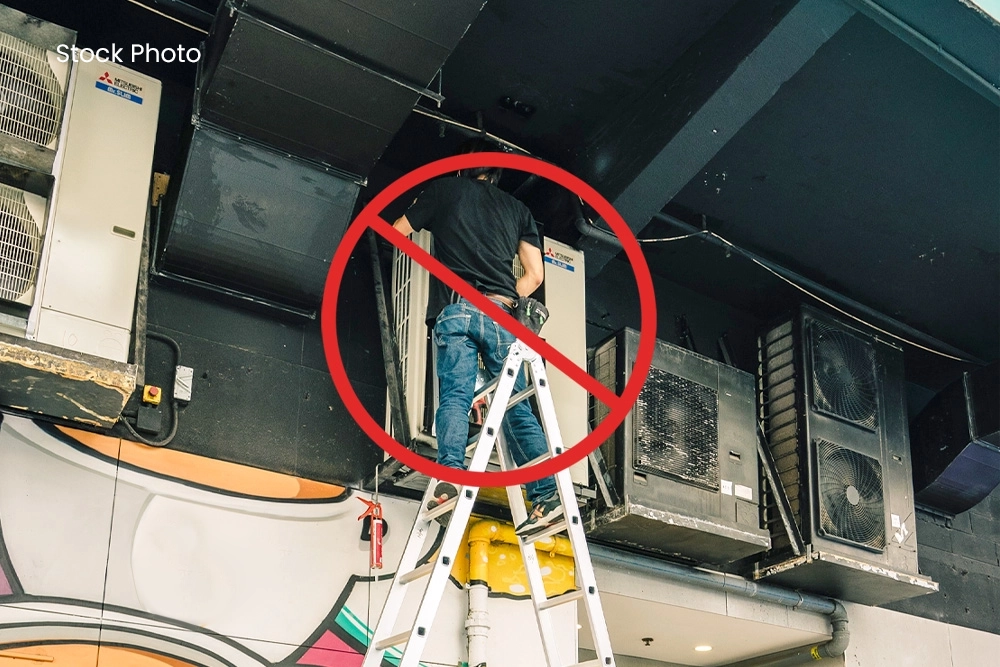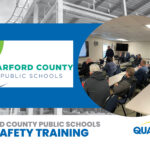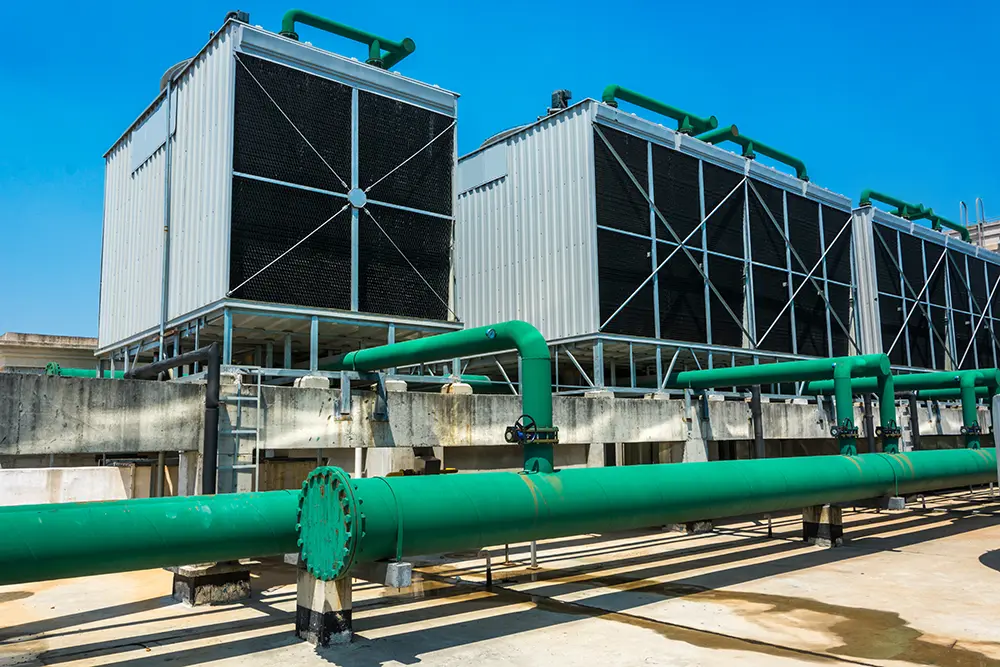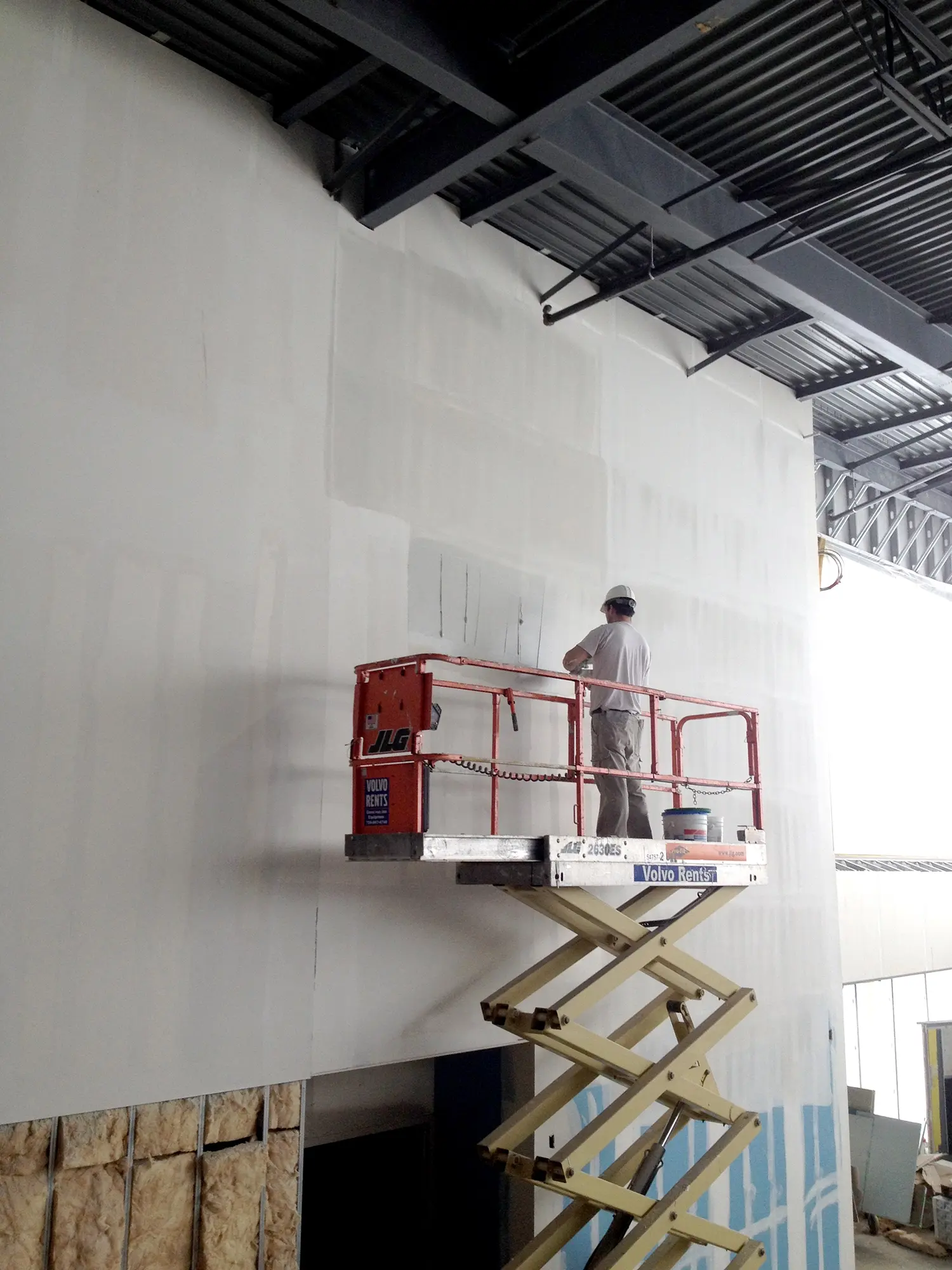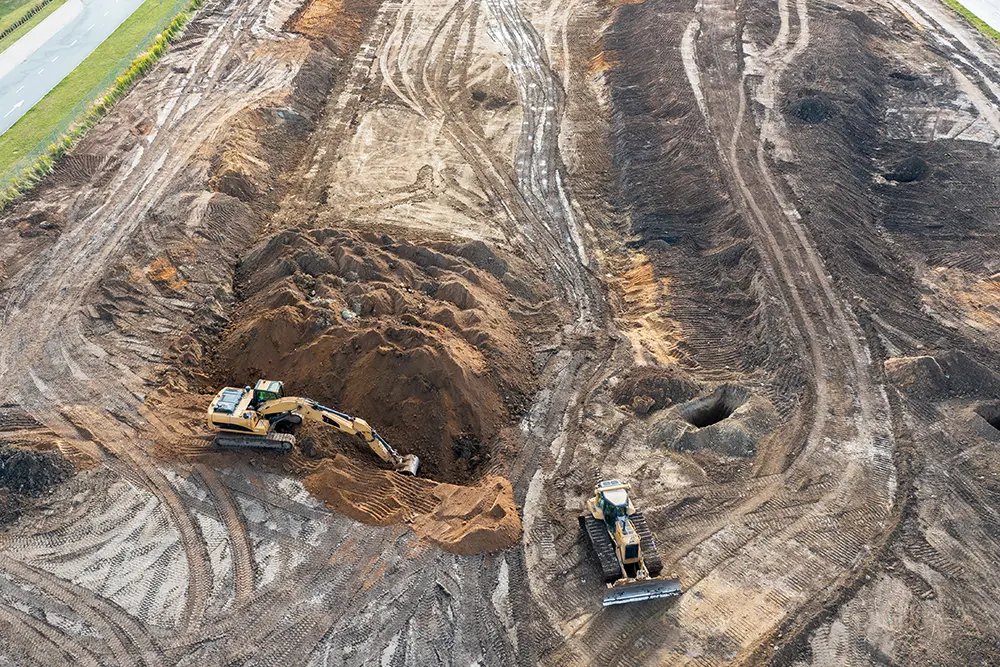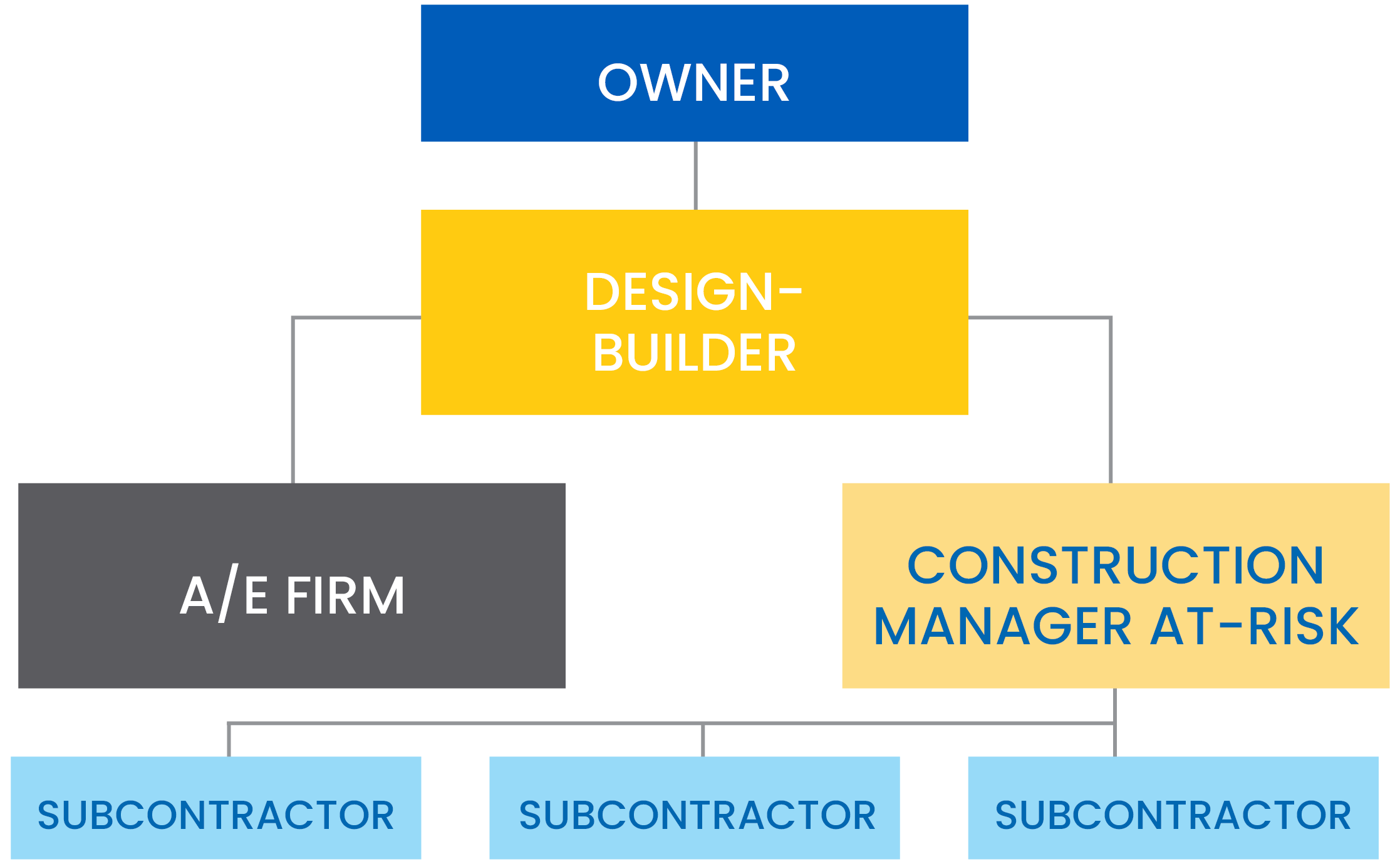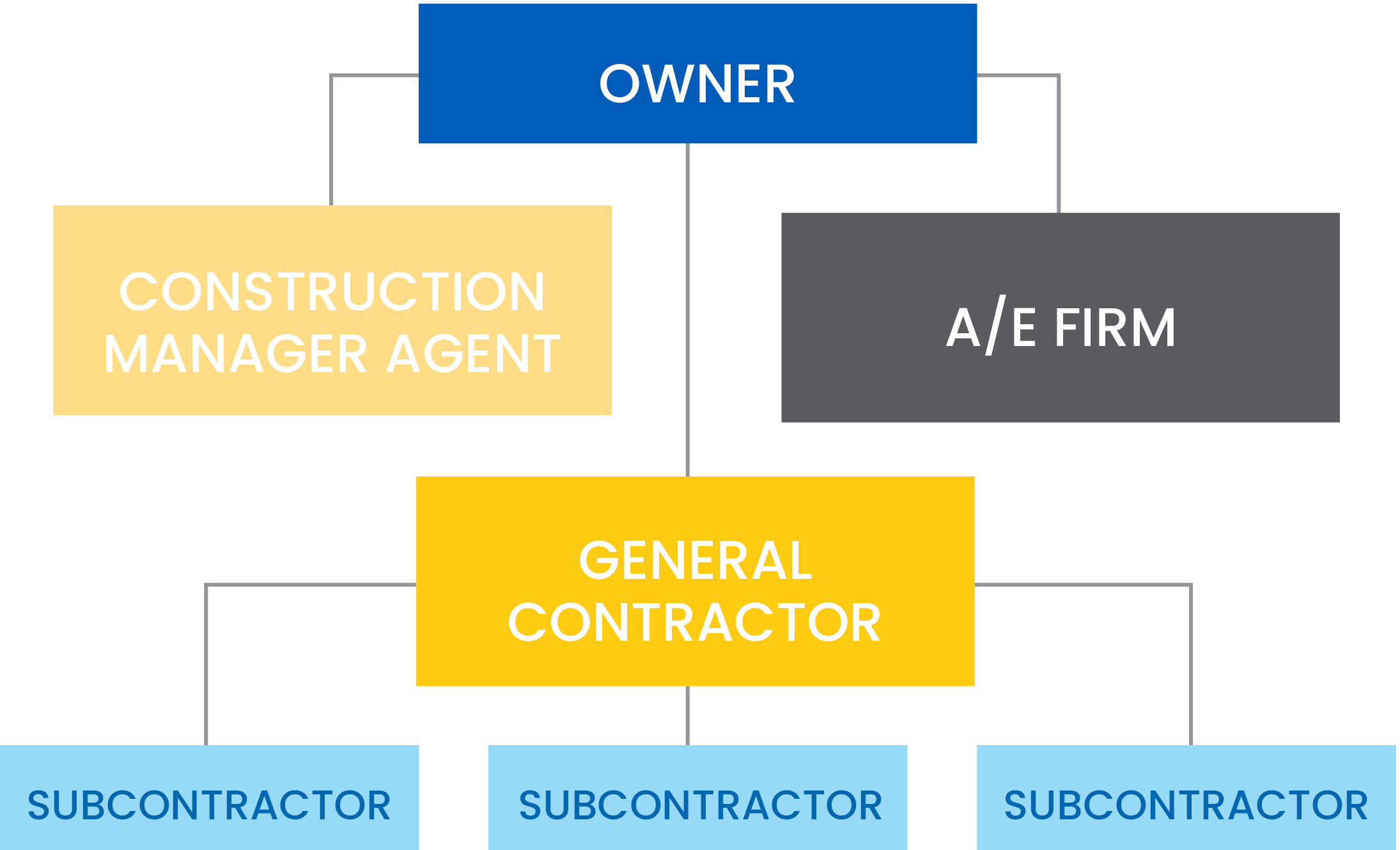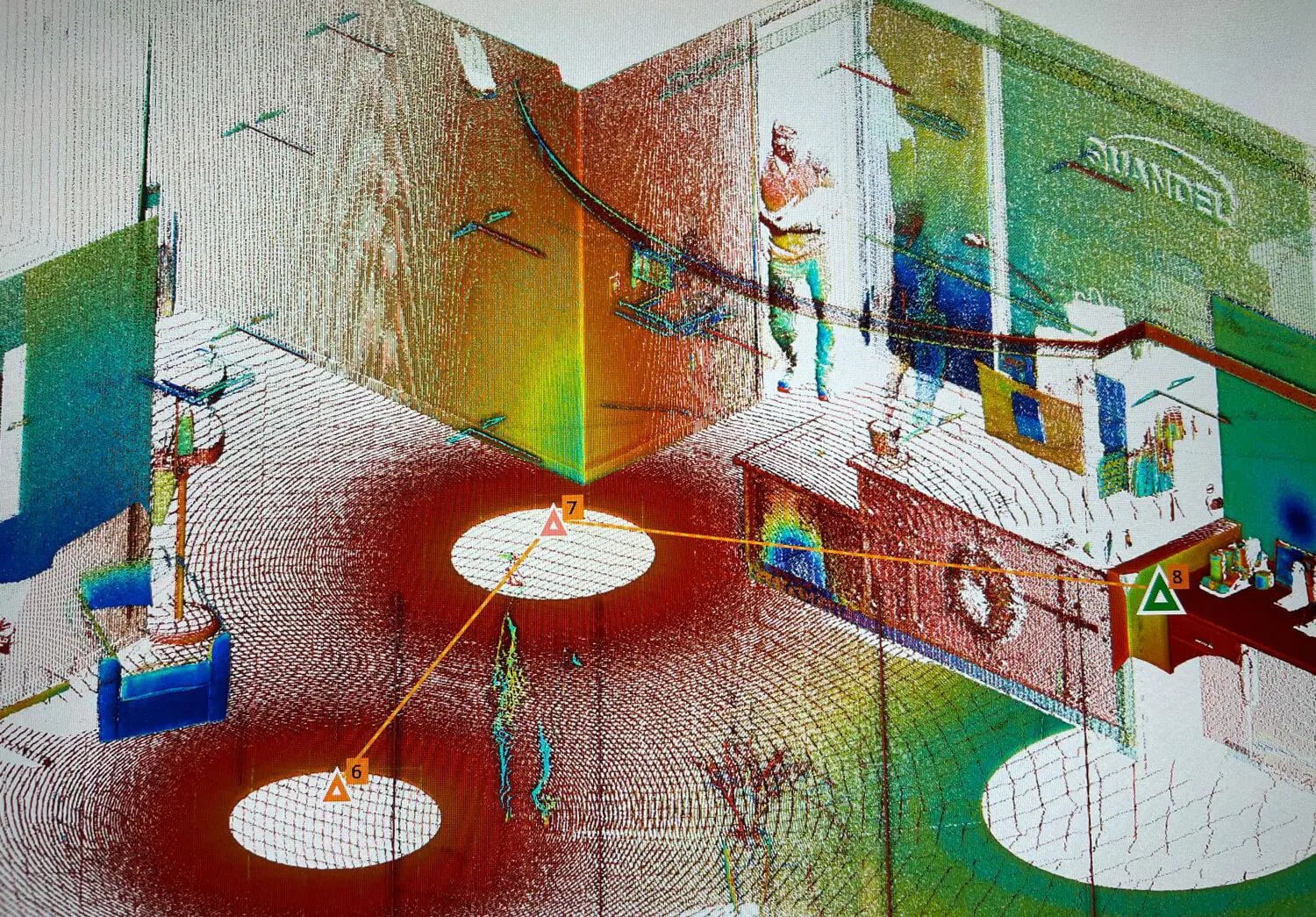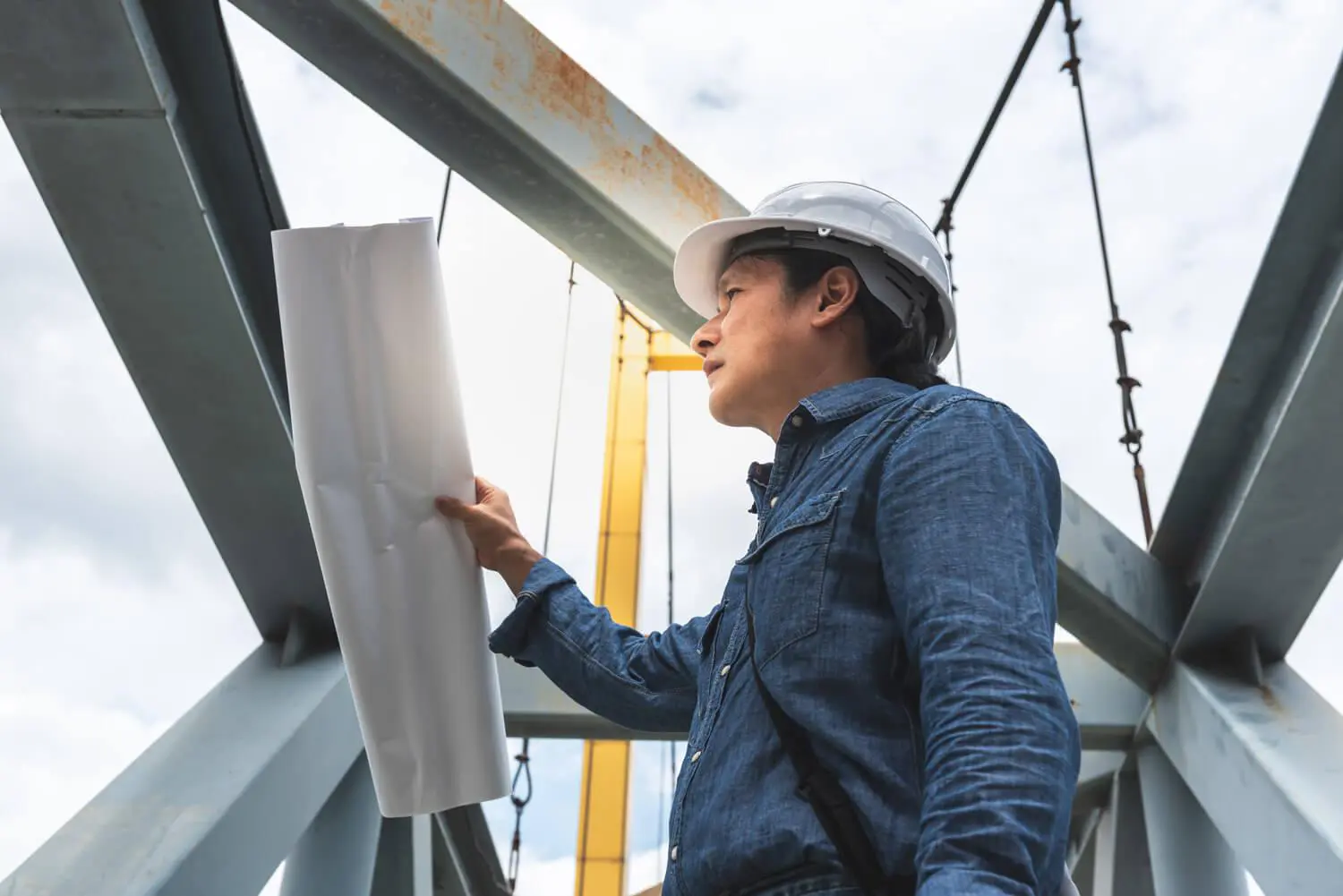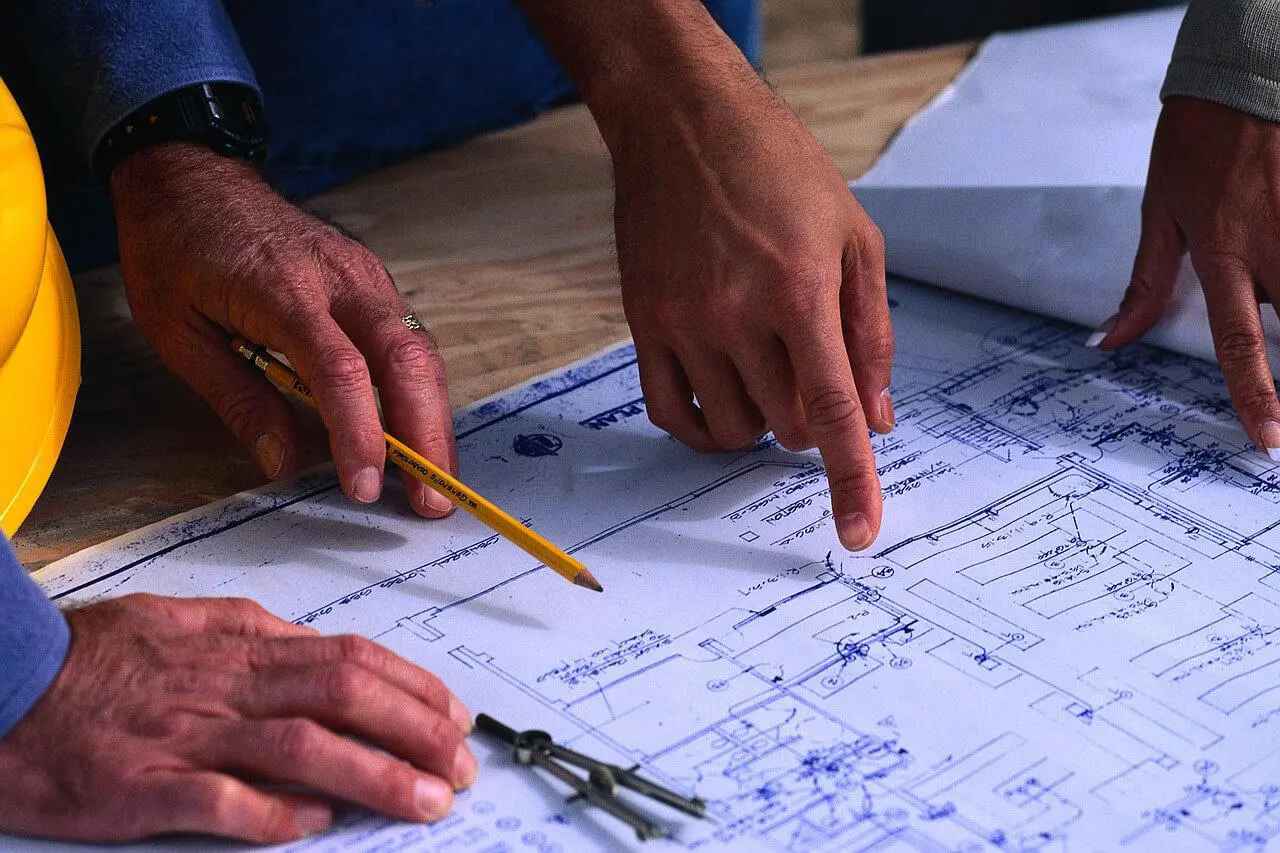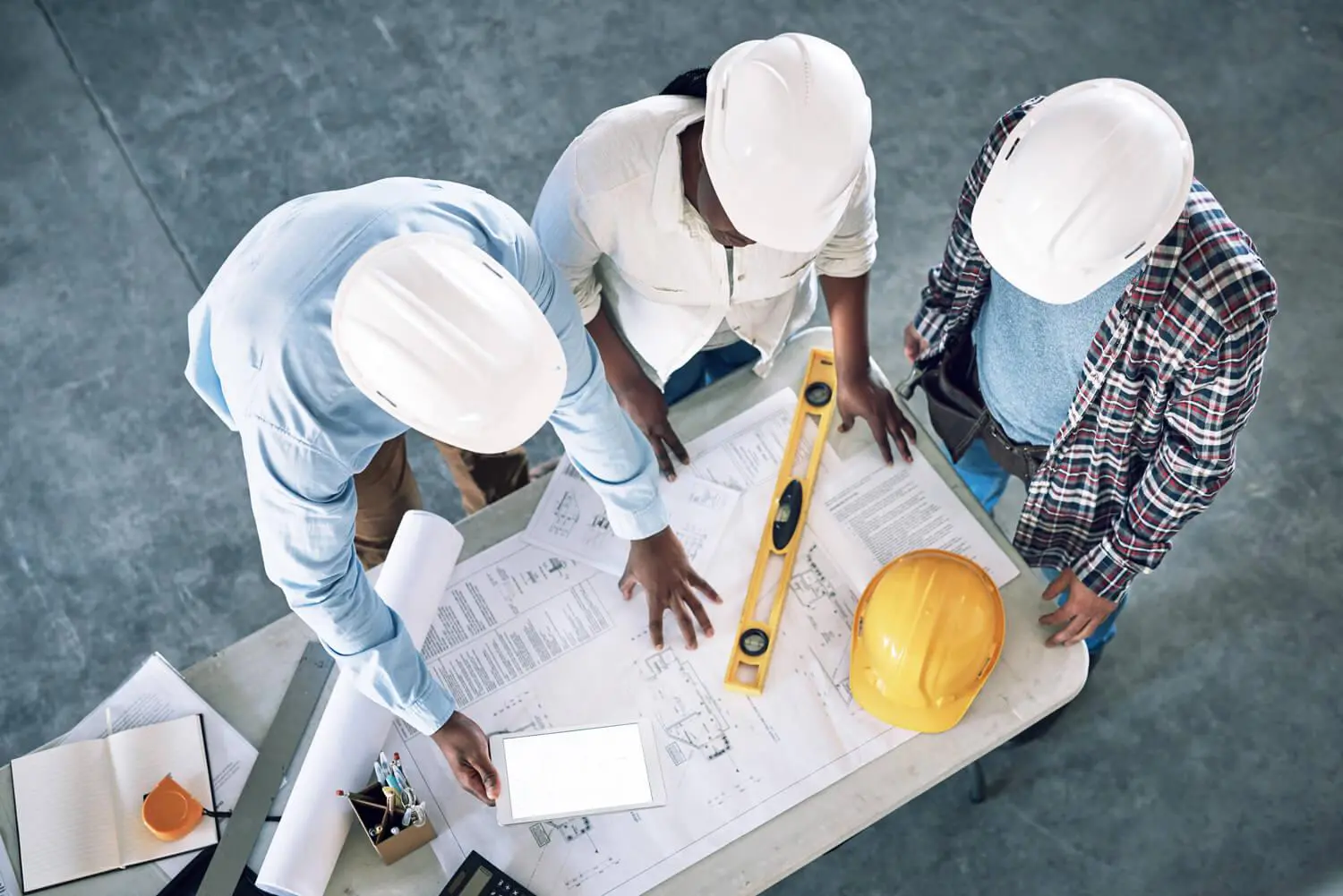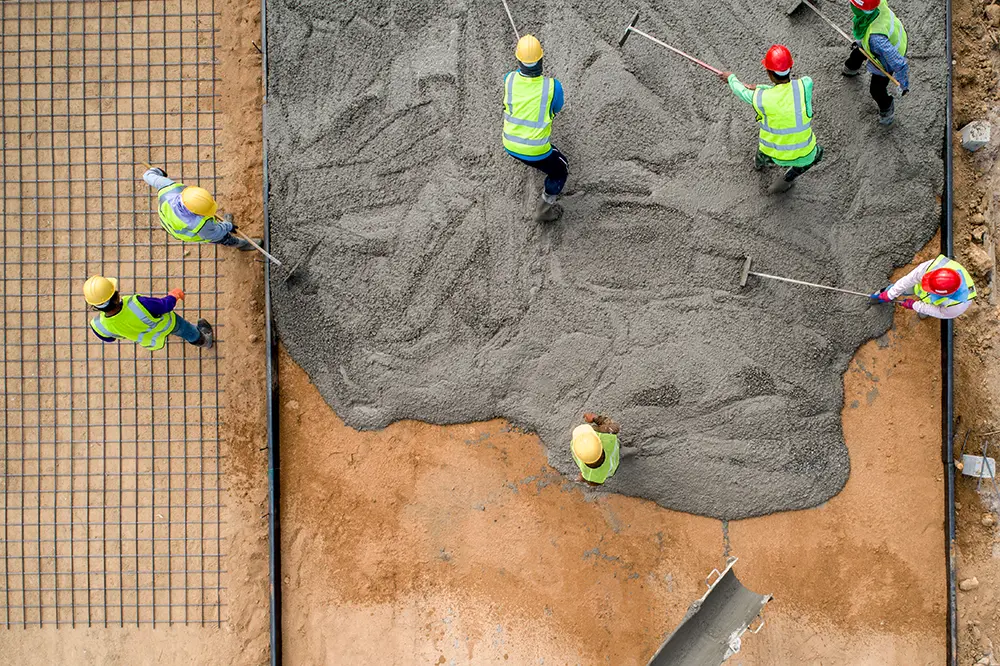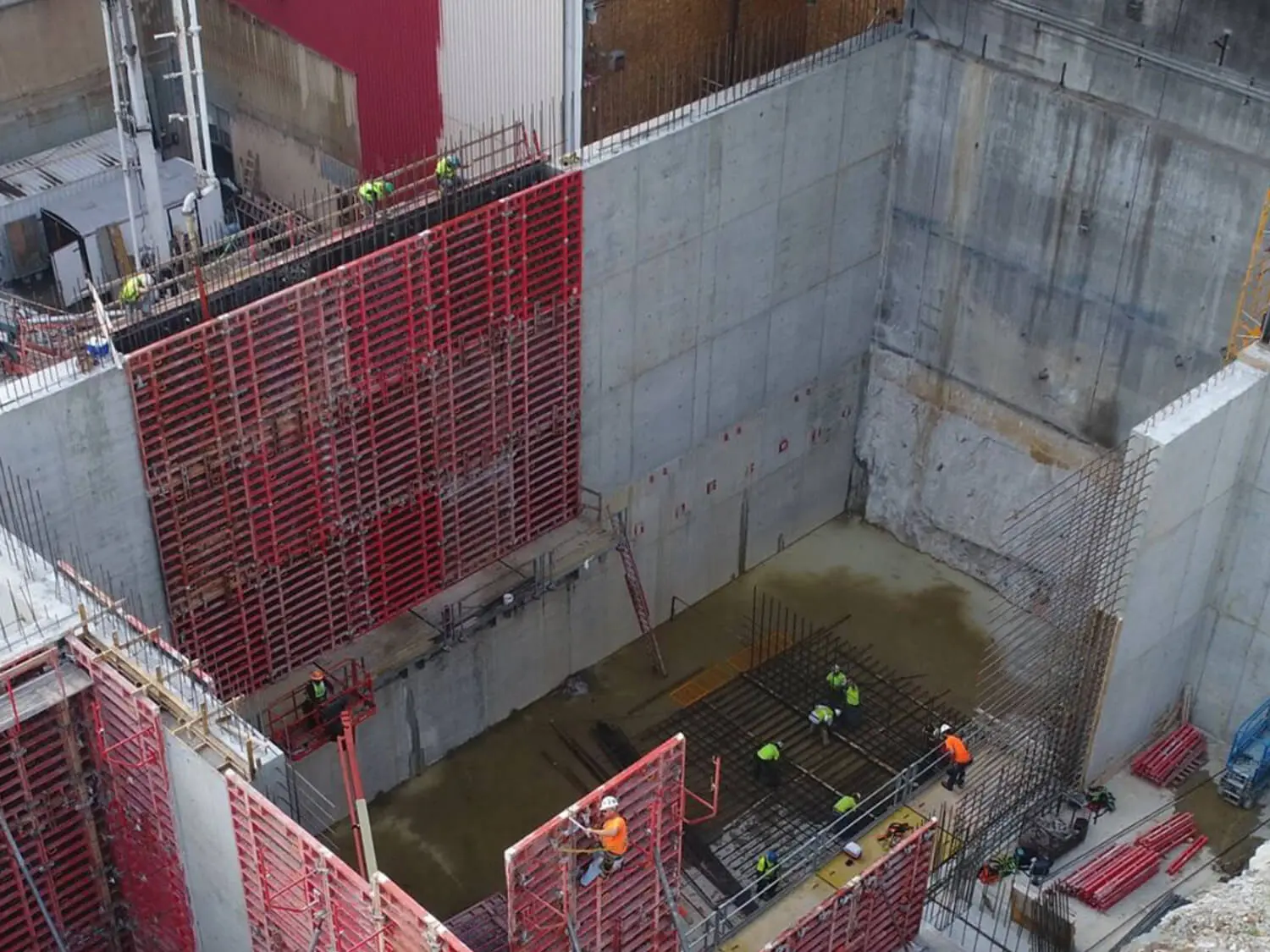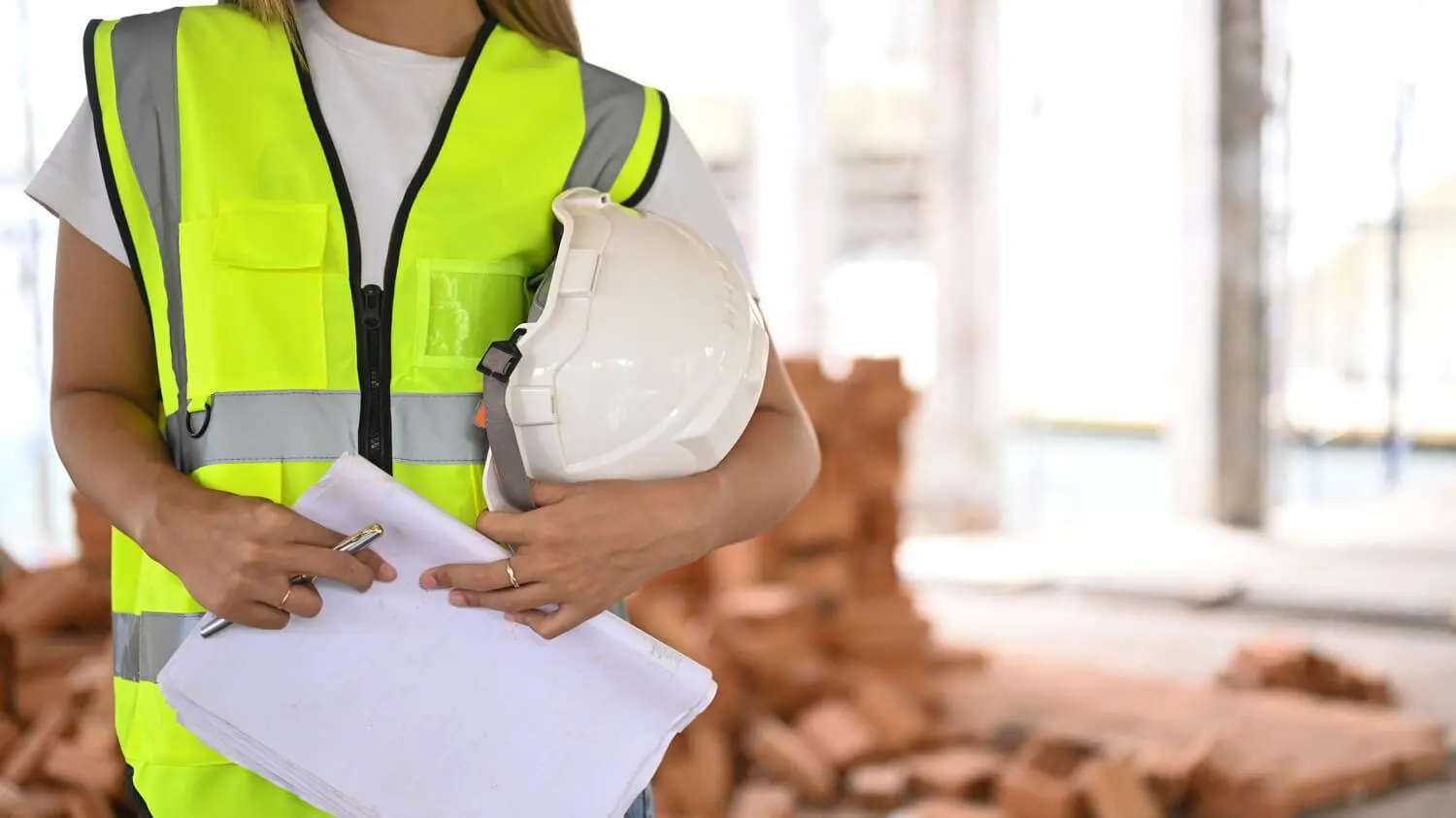Workplace falls stand as a major cause of occupational injuries and fatalities across the nation. Even a fall from a modest height of 4 feet can result in severe or catastrophic consequences. These incidents can occur during routine activities such as walking, climbing ladders, or standing on elevated surfaces. Falls rank as the primary cause of general workplace accidents, causing injuries that vary in severity from bruises and swelling to more serious outcomes like head injuries, broken bones, and lacerations.
Understanding the Causes of Workplace Falls
In every workplace, the risk of falls is present with contributing factors stemming from both employee actions and unsafe working conditions. Often, falls result from a combination of these factors. The objective is to proactively prevent falls before they occur.
Unsafe Conditions
Workplace accidents become more likely in the presence of unsafe conditions, including:
- Slippery, cluttered, or unstable walking or working surfaces
- Unprotected edges
- Floor holes and wall openings
- Improperly positioned ladders
- Misused fall protection
- Inadequate guardrails
- Damaged equipment (e.g., ladders, stairs)
- Unmarked elevation changes
- Wet or slippery floors
Unsafe Acts
Employee actions can also contribute to falls, and avoiding certain unsafe behaviors can help prevent accidents. These include:
- Working at heights without fall protection
- Improper use of ladders
- Standing on unstable surfaces like buckets or sawhorses
- Lack of attention to surroundings
Implementing Fall Protection Best Practices
Conducting a risk assessment in workplace areas, performed by a qualified staff member, aids in identifying hazards and reducing accident risks. Adhering to best practices can further minimize potential hazards leading to slips, trips, and falls:
- Walking Surfaces: Maintain clean and clutter-free walking surfaces to reduce injury potential. Clear walkways minimize the risk of tripping over unexpected objects, thereby lowering the likelihood of falls or slips.
- Stairways and Handrails: Ensure well-lit, debris-free stairways. Use handrails when navigating stairs, take one step at a time, and refrain from running or jumping on stairs.
- Manage Cords: Organize and secure cords to prevent obstacles for both employees and customers. Avoid having cords run across walkways.
- Footwear: Wear appropriate footwear for the task at hand, especially in industrial settings. Slip-resistant shoes with proper traction are essential.
- Lighting: Maintain proper lighting inside and outside the workplace to enhance visibility and prevent hidden hazards in dimly lit areas.
- Signage: Install adequate signage to alert others to potential hazards, such as steps, gaps, uneven ground, or wet floors. Promptly report areas requiring signage to supervisors.
- Check Floors: Pay attention to the ground, avoiding cracks or holes. Cover or barricade such areas until they can be addressed.
- Clean Up Spills: Immediately clean up spills, placing hazard signs near the area to warn others and ensure proper cleaning procedures.
- Ladder Safety: Employees should follow certain rules when using ladders. Whether they are climbing up the ladder or climbing down, the same ladder safety rules apply.
-
- Hold on with both hands. If you need to take the material up or down, do so using a rope.
- Always face the ladder when going up or down.
- Never slide down a ladder.
- Be sure your shoes are clean of mud and grease and are not slippery.
- Do not climb higher than the third rung from the top of the ladder.
- Carry tools on a tool belt and not in your hands.
- Use a 4 to 1 ratio when leaning a single or extension ladder.
- Inspect the ladder for defects before using it.
- Never use a defective ladder.
- Never splice or lash a short ladder together.
- Never use makeshift ladders i.e. buckets, tables, chairs, stacks of drywall, etc.
- Make sure the ladder is fully open when in use, and placed on a level surface
- Keep ladders clean from dirt and grease.
- Never use during strong and high winds.
- Never jump from a ladder.
Fall Prevention Is Your Best Protection
Fall Prevention Is Your Best Protection: Remain vigilant to prevent falls. Regularly survey your work area for potential hazards, addressing them promptly or reporting them for corrective action by management.


